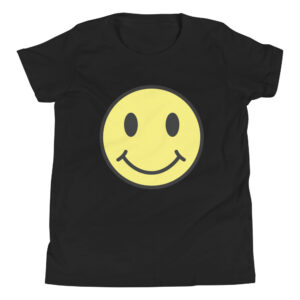Your Fashion Choices Matter
In recent years, sustainable fashion has become more than just a trend—it’s a movement. As consumers grow increasingly conscious of their environmental impact, the demand for eco-friendly clothing options continues to rise. But what exactly is sustainable fashion, and how can you shop responsibly? This guide will provide you with the knowledge and tips to make informed choices while staying stylish and on-trend.
Understanding Sustainable Fashion
Sustainable fashion refers to clothing that is produced in a way that minimizes its environmental impact and promotes ethical practices. This includes using eco-friendly materials, reducing waste, and ensuring fair labor practices. Brands that embrace sustainable fashion often focus on durability, quality, and timeless designs that outlast fleeting trends.
Why Sustainable Fashion Matters
The fashion industry is one of the largest polluters globally, with significant contributions to water pollution, greenhouse gas emissions, and waste. By choosing sustainable fashion, you help reduce this environmental footprint. Moreover, supporting ethical brands ensures that workers in the fashion industry are treated fairly and work in safe conditions.
Tips for Shopping Responsibly
1. Prioritize Quality Over Quantity
Investing in high-quality pieces may come with a higher price tag, but they often last longer and offer better value over time. Look for well-constructed items made from durable materials. A classic beanie or a versatile hoodie can be wardrobe staples for years if chosen wisely.
2. Choose Sustainable Materials
Opt for clothing made from organic cotton, bamboo, hemp, or recycled materials. These fabrics require fewer resources to produce and have a smaller environmental impact. For example, a t-shirt made from organic cotton uses significantly less water than one made from conventional cotton.
3. Support Ethical Brands
Research brands that prioritize sustainability and ethical practices. Many companies now provide transparency about their production processes and labor practices. Brands committed to sustainability often have certifications like Fair Trade, GOTS (Global Organic Textile Standard), or B Corp.
4. Buy Second-Hand or Vintage
Thrifting and buying vintage clothing are excellent ways to reduce waste. Second-hand shops and online platforms offer unique pieces at a fraction of the cost of new items. Plus, it’s a great way to find one-of-a-kind shirts, jackets, and accessories that stand out.
5. Consider the Lifecycle of Clothing
Think about the entire lifecycle of your clothing—from production to disposal. Choose items that are designed to last and can be easily repaired or recycled. Some brands offer take-back programs where you can return old clothing for recycling or repurposing.
Sustainable Fashion for All Ages
Sustainable fashion isn’t just for adults. Many brands offer eco-friendly clothing options for children and youth as well. When shopping for kids, look for durable, versatile pieces that can withstand active play and frequent washing. Brands that focus on sustainability often provide clothing designed to grow with your child, such as adjustable pants and shirts.
The Role of Consumers
As consumers, our choices have power. By supporting sustainable fashion, we can drive demand for ethical and eco-friendly practices within the industry. Every purchase counts—whether it’s a new t-shirt, a cozy hoodie, or a stylish beanie, your choices can contribute to a more sustainable future.
Embrace Sustainable Fashion for a Greener Future
The rise of sustainable fashion represents a significant shift in the industry towards more responsible practices. By prioritizing quality, choosing sustainable materials, supporting ethical brands, and considering the lifecycle of clothing, you can make a positive impact on the environment. Remember, every small step towards sustainability counts. Shop responsibly and enjoy the benefits of stylish, eco-friendly fashion that supports a healthier planet for future generations.






